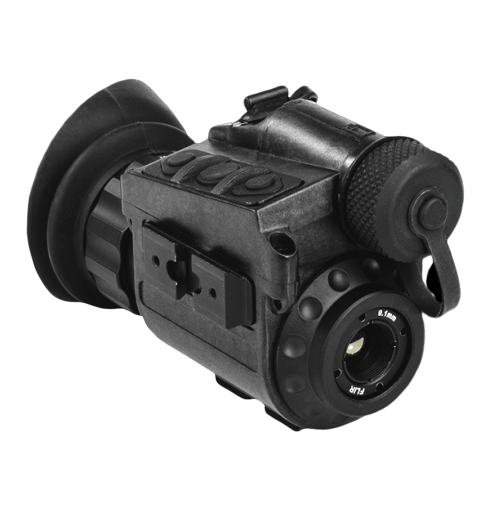

This allows you to shift the thermal image. One thing I did not realize until someone mentioned it was that the FLIR BREACH can adjust the image position. The FLIR BREACH has become one of the most popular entry-level thermal monoculars. Looking at two different images in each eye takes getting used to. However, those options are expensive and have compromises such as fragility and proprietary parts.īridging a PVS-14 with a thermal monocular can work but there are things to consider. True thermal fusion is where the thermal image is projected behind the image intensifier so you get a color shift between the phosphor color of the night vision and thermal image. The result is seeing thermal and night vision all in the same image. Typically this is achieved with a COTI, a thermal device that is clipped onto the front of a night vision goggle like a PVS-14 and the thermal image is projected into the objective lens. Thermal fusion is when you combine thermal with light amplification of night vision. Why would you want to bridge a PVS-14 and a FLIR BREACH? This is sort of the entry level for thermal fusion. Friday Night Lights: PSQ-36 元Harris Fusion Goggle System (FGS) aka Fusion Binos.Friday Night Lights: Dual Tube Spotlight – EOTech BinoNV-C.Friday Night Lights: Thales LUCIE – French GIGN LPNVG.The Rayvn Rail is a bridge to mount a PVS-14 and a FLIR BREACH onto a helmet. This week we take a look at a project I have been helping for the past year.

This includes night vision goggles, thermal sights and all the various accessories related to them. If this is your first time here at Friday Night Lights then Welcome! We focus this weekly column on night vision and thermal technologies.


 0 kommentar(er)
0 kommentar(er)
